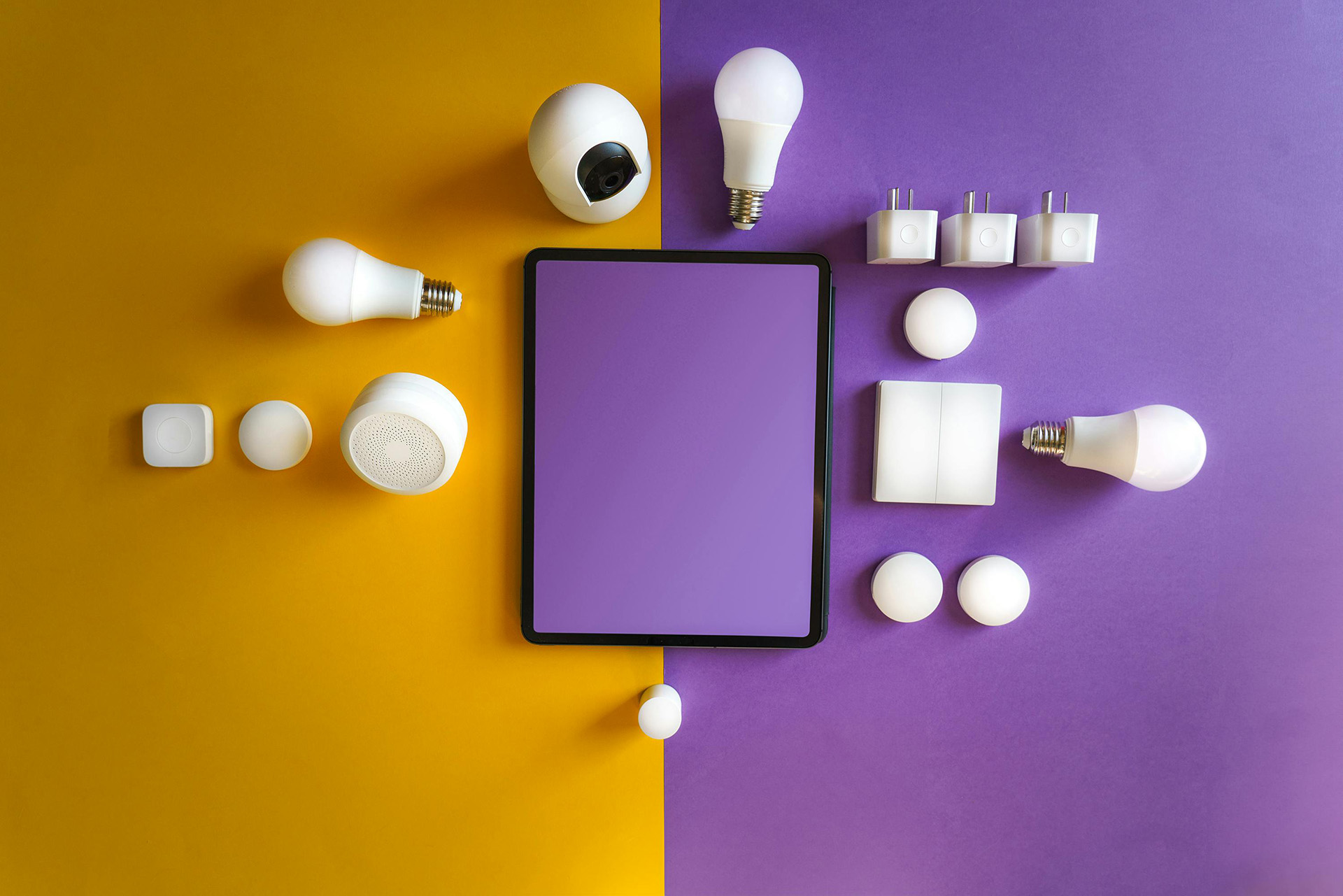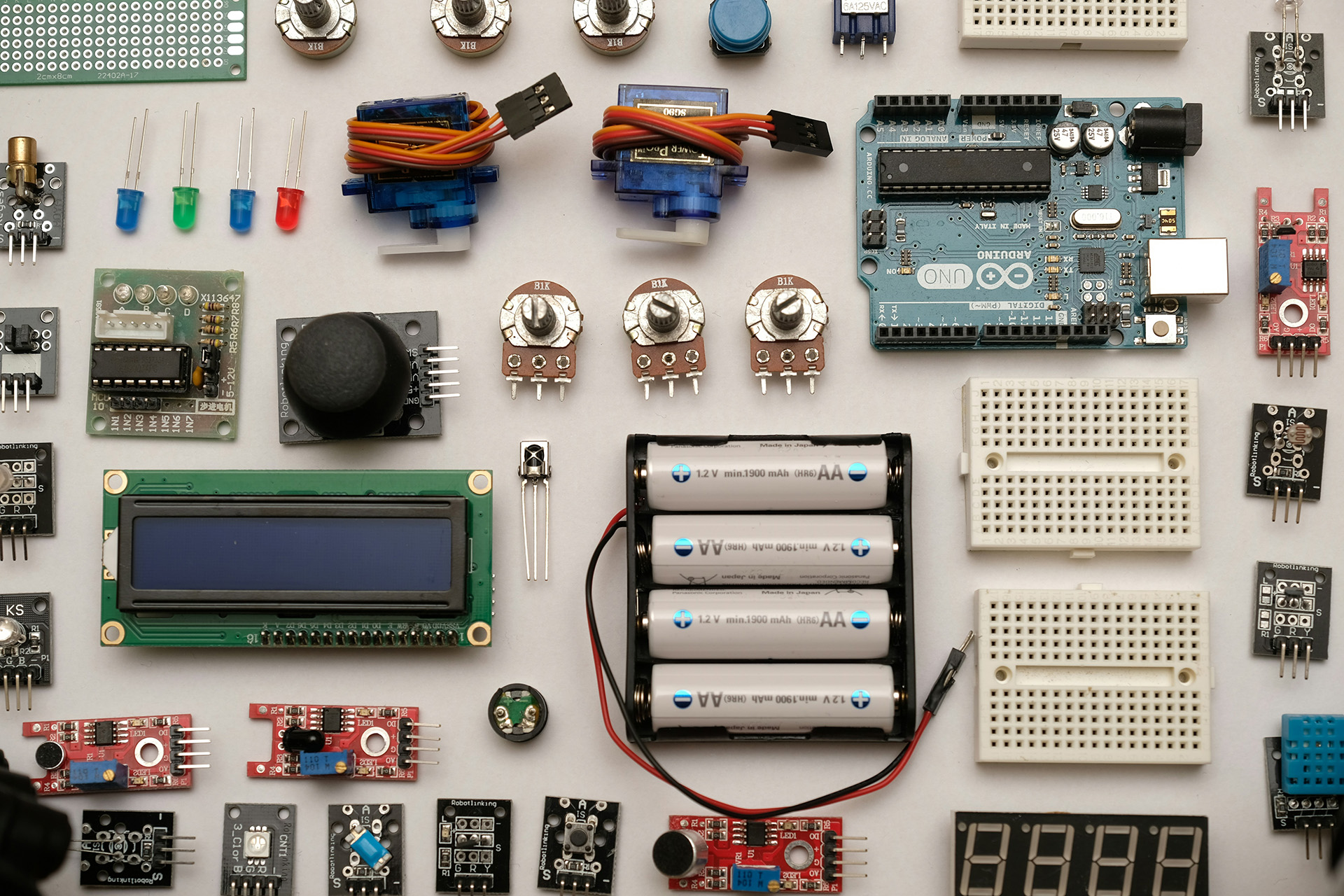Insider secrets for building successful IoT applications

The Internet of Things (IoT) is one of the fastest-growing technologies, connecting devices and systems in once unimaginable ways. Over the past decades, it has expanded across industries from healthcare to manufacturing to smart homes and retail. According to Statista, the IoT market is expected to grow by $1,059 billion by 2025, with the United States leading the board with $379 billion. This highlights an increase in the adoption of IoT and reliance on connected devices.
IoT is about creating an interconnected and context-aware environment where devices can seamlessly communicate with each other and share real-time data. To build such successful IoT-based solutions, it is essential to understand the core components like hardware integration and cloud infrastructure under interfaces.
Hardware forms the foundation: sensors, actuators, and embedded devices that collect and transmit data. Choosing the right cloud infrastructure also plays a vital role in processing and storing the large amounts of data generated by these interconnected devices. Furthermore, a well-designed and user-friendly interface ensures that users can seamlessly utilise the system.
By leveraging IoT development for startups, you can simplify the process of building scalable and efficient IoT solutions. These specialised services help optimise hardware selection, ensure seamless cloud connectivity, and design intuitive user interfaces.
7 expert tips for successful IoT app developmentHere’s what matters most in IoT app development:
1. Define precise requirements from the startA well-defined set of functional and technical requirements in the early development phases is the foundation of any successful application. These requirements ensure the app is aligned with user needs, business goals, and device capabilities. Development teams may face unexpected challenges without precise specifications, such as compatibility issues and performance bottlenecks.
Developing a successful IoT application requires detailed and well-structured project discovery research to align business goals and objectives with user needs, laying the foundation. The discovery phase is about understanding the target audience, their needs, wants, and pain points, and how the IoT solution can address their problems.
A well-researched discovery phase ensures the app is not just functional but also user-centric, providing real value to its users. Moreover, it provides a blueprint backed by market research and technical feasibility analysis, ensuring the final product is scalable, flexible, and reliable.
2. Choose the right IoT platformChoosing the right IoT platform among so many options is one of the most critical decisions in the development process. Because the platform manages everything from device connectivity to data streams and security, a poor choice can lead to scalability issues, low performance, and increased operational costs.
You can manage data streams without compromising performance with the right platform, like AWS IoT, Microsoft Azure IoT, or Google Cloud IoT. They also offer features like auto-scaling, real-time data processing and analysis, AI automation, and predictive analysis, making them ideal for businesses.
3. Build a scalable architectureA well-designed architecture is crucial to building a successful IoT application that handles a growing number of connected devices, increasing data values, and evolving business needs without compromising performance.
Furthermore, a scalable architecture design allows you to grow effortlessly, adapt to changing requirements, and maintain high performance regardless of the number of connected devices. This not only improves reliability but also enhances efficiency and reduces costs.
4. Prioritise securitySecurity and compliance with data regulations remain a top challenge in IoT app development. With millions of connected devices transmitting sensitive data, even tiny vulnerabilities can lead to data breaches, unauthorized access, or large-scale cyberattacks. Therefore, it is essential to build secure IoT applications with multiple layers of protection, such as data encryption, firewall installation, MFA, and limited access control, to safeguard user data and device integrity.
5. Focus on connectivity and power efficiencyMaintaining stable connectivity while minimising power consumption is vital for IoT devices to exchange data, specifically for battery-operated devices like wearables, smart sensors, and industrial monitoring systems. To achieve efficient data transmission, you should choose lightweight data communication protocols like Message Queuing Telemetry Transport (MQTT), Constrained Application protocols (CoAP), and Bluetooth Low Energy (BLE).
These protocols are optimised for low bandwidth and minimal power consumption, making them ideal for IoT devices. Furthermore, reducing the frequency of data transmission, using sleep modes, and employing energy-efficient hardware components can optimise the battery life of these devices.

A great IoT isn’t only about its functionality; it’s about delivering smooth, intuitive, and engaging user experiences. Whether it’s a smart home app, a wearable device dashboard, or an industrial monitoring system, users should be able to effortlessly navigate and interact with the platform. To achieve this, your IoT application should provide a seamless user experience with minimalistic and well-designed user interfaces.
7. Test thoroughly before deploymentThorough testing in IoT app development ensures that the application functions reliably across different environments, devices, and network conditions. To guarantee stability in your application, you should conduct real-world scenario testing and compatibility testing, as well as simulate various network conditions. This helps you identify potential failures, which can be very costly in terms of time and resources in the later stages.
Development hacks to streamline IoT projectsDeveloping an IoT application from scratch can be complex, but leveraging the right tools and technologies, such as IoT development platforms, pre-built SDKs and APIs, and edge computing, can significantly streamline the process. IoT development platforms like AWS IoT Core simplify device management, data processing, and cloud integration, which reduces extensive back-end development.
Additionally, pre-Built SDKs and APIs provide ready-made solutions for communication protocols, authentication, and data transmission, allowing you to focus on core functionalities instead of reinventing the wheel. Implementing edge computing results in lower latency, improved security, and reduced bandwidth consumption.
Unlocking IoT app development excellenceBuilding a successful IoT application demands a strategic approach that balances functionality, security, scalability and user experience. Every step is vital in delivering a reliable and efficient application, from defining precise requirements and selecting the right IoT platform to ensuring robust and seamless connectivity. Furthermore, implementing efficient development hacks, such as using pre-build SDKs, APIs, and edge computing, further streamlines the development process and reduces the time, effort, and costs.
